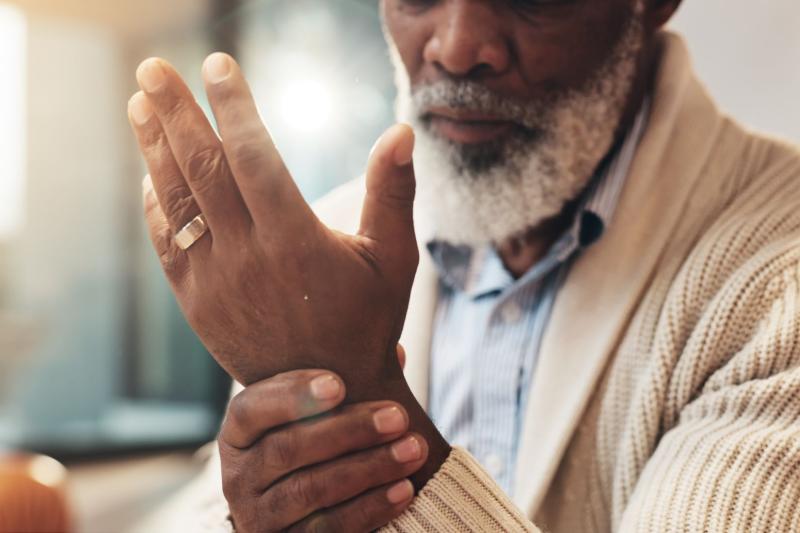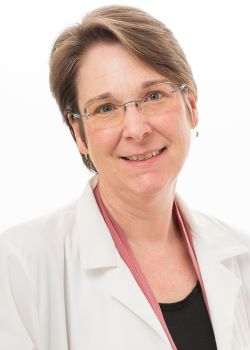
More than half of those screened had low bone density — a rate similar to women — placing them at higher risk for fractures.
With no clear guidelines for osteoporosis screening in men, the study points to a potential new approach of proactively identifying men with risk factors, such as low body weight, smoking history, or the use of certain medications and offering early low-cost screening to help prevent fractures.
“We may be missing a huge opportunity to prevent fractures in older men,” said lead study author Cathleen Colón-Emeric, MD, a geriatrician at Duke Health and the Durham VA Geriatric Research Education and Clinical Center. “This trial demonstrated that screening men who have at least one risk factor for fracture identified as many people needing osteoporosis treatment as we see in women.”

As America’s population ages, fractures related to osteoporosis are projected to rise and so are the associated costs and complications.
While further studies are needed to evaluate long-term fracture prevention, Colón-Emeric said the model is likely to be cost-effective and could be adopted by other health systems and doctors’ offices.
She led the study along with senior study author Robert A. Adler, MD, an endocrinologist and researcher at Central Virginia VA Health Care System and Virginia Commonwealth University to focus on a group often overlooked in bone health.
Gains in Screening and Treatment
Men in the Bone Health Service were invited to get a DXA scan, the gold standard for measuring bone density. Their results were reviewed by a nurse care manager, who coordinated with their primary care doctor, ordered medications if needed, and followed up regularly by phone.
The approach relieved primary care teams and kept patients engaged, said Colón-Emeric, a professor of medicine at Duke School of Medicine. The usual care group received VA guidelines and education materials, but no centralized support.
But just as the program was gaining traction, the pandemic hit. Three months into the study, COVID-19 triggered a six-month shutdown, along with staffing shortages and long wait times for scans. Despite the setbacks, nearly half of the invited men participated.
“We were worried men wouldn’t come in for screening because of COVID fears,” Colón-Emeric said. “We were able to complete the study with only an eight-month delay thanks to our amazing study team.”
Participants in the BHS group not only started treatment at higher rates (84%) but also stuck with it. On average, they took their medications consistently for nearly two years, with over 91% adherence.
Even bone density improved. Two years after the program started, men in the BHS group had better femoral neck T-scores — a key measure of bone strength — than those in usual care.
These promising outcomes reflect not only a clinical impact, but the efficiency of the program’s design.
“It centralizes the work of identifying eligible patients, and coordinating screening, treatment and adherence monitoring to a single nurse and bone health specialist,” Colón-Emeric said. “It takes the burden off busy primary care providers while giving patients the support they need.”
Funding was provided by grant 110HX002512-01 from Veterans Health System Research.